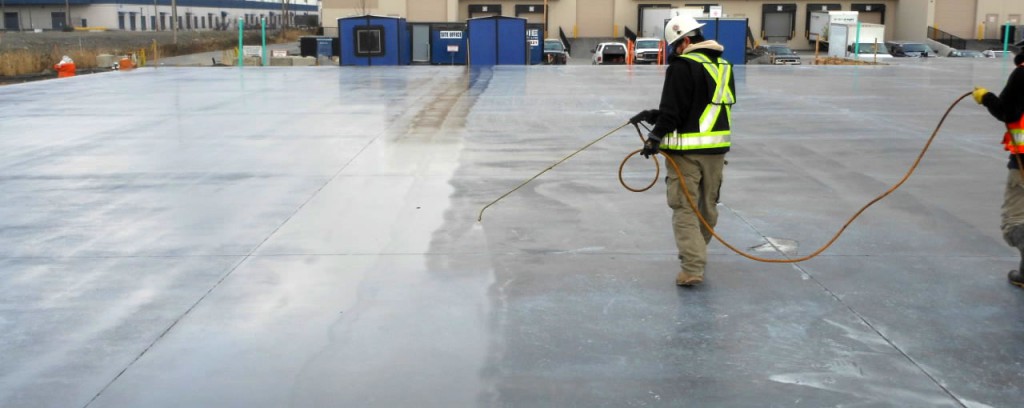
ASTM C309: Modern Conversations on an Established Standard
Learn More
Wait!
Before you check out, try a distributor.
Nox-Crete has a wide distribution network and highly recommends you purchase from one of our distributor locations. There are many potential benefits to purchasing from a distributor including:
No thanks. I still want to buy online.
Proceed to Checkout